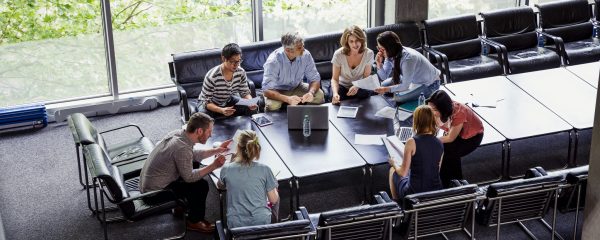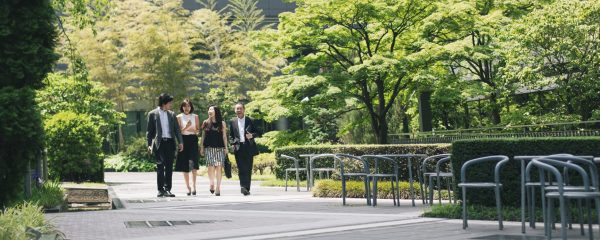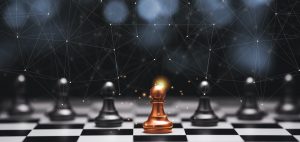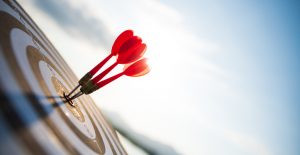The tools are there to augment learning, as part of Covid-19’s welcome reassessment of current teaching – the challenge is to find the best combination, says Audencia Business School’s Valérie Claude-Gaudillat
Advances in digital communications, neuroscience, AI, and data analysis, combined with changing business needs, new student sociology, and major societal and economic issues, have all contributed to a reassessment of the way we teach. This is a very good thing.
In March this year, lockdown [restrictions implemented in many countries] further strengthened this trend when the switch from classroom teaching to distance learning became a necessity. It also accelerated the shift towards new augmented ways of teaching and learning.
We are now looking at a much more adaptive approach to learning. Thanks to technology, the methods and pace of learning can not only adapt to students’ individual profiles, but also to their limitations, choices and desires. In this way, learning stops being quite so prescribed and is able to be more bespoke and, therefore, more human.
Adaptive learning

A legitimate criticism of traditional teaching is that it tends to remain quite generalised. Of course, this is not always the case, but overall it has remained targeted at the average level of a group of learners. The selection processes and the content of training programmes are geared towards this, despite the fact that there is always some heterogeneity within a given group.
Thanks to new digital solutions, however, it is already possible to adapt course content to students’ individual levels. This ‘adaptive learning’ is not new (the concept dates back to the 1970s) but digital tools are helping to make it a reality. Although it is still not very widespread in higher education, primary schools in North America and Asia are already using solutions, such as IBM Watson and Microsoft Power BI, often with very positive results. It is important to stress that these methods do not diminish the teacher’s role. On the contrary, we generally see greater commitment from students and stronger interactions between teachers and learners via those platforms.
Risks of over-customising learning
‘Augmented learning’ is based on a more systemic and integrative approach that relies on a wide range of learning methods, tools and technologies. Alternating different teaching methods increases students’ motivation and has a positive impact on their learning. These can involve oral presentations, workshops, role playing, problem-based learning, debates, and case studies.
However, there is a risk that over-customising learning can be detrimental in the medium to long term, particularly when the importance of the collective approach is minimised. Augmented learning must also include reinforcement of collective behavioural skills, and this can be achieved through peer-learning.
Augmented learning should balance the many aspects of learning – face-to-face and distance, technological and non-technological, individual and collective. The tools are now widely available, and the challenge is to combine them in a relevant fashion to best meet educational objectives.
Factoring in societal, ecological and psychological concerns
But beyond methods and technology, post-Covid-19 education must also tackle the major societal, economic and ecological issues we all face. The new world we have all been experiencing since March 2020 offers a real opportunity for a paradigm shift. All of our teaching and academic programmes must integrate societal and ecological dimensions. Indeed, they should be at the forefront in terms of content and across all courses. Since current students are the ones who will influence our future, they should be able to propose new learning methods and suggest new themes and formats. ‘Flipped classrooms’ are already widely implemented but we can go way further.
Finally, psychological implications must be better acknowledged. We cannot ignore the risks resulting from the lack of live interactions and social contact over the coming months and, possibly, years. This is a source of concern and anxiety for students, which must be countered with more empathy. At the same time, it is also our responsibility to prepare students for a world in which uncertainty is becoming the norm.
How will educators meet those challenges? The issues that we are facing are numerous and varied in this chaotic time and there is not a single winning formula. It is fundamental that educational developments are tailored to suit each course and each group of students while involving them in the process. It is not an easy task, but it is essential.
In the end, Covid-19 can also be thought of as a unique opportunity to fundamentally ‘augment’ learning, so that it becomes more relevant and can have an even bigger impact – not only on students, but also on businesses and society.
Valérie Claude-Gaudillat is a Professor and Director of the Institute for Innovation, Design and Entrepreneurship at Audencia Business School, France.




























